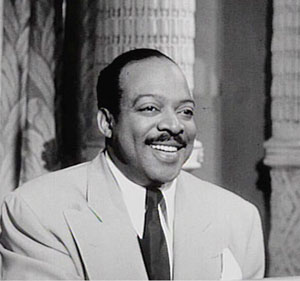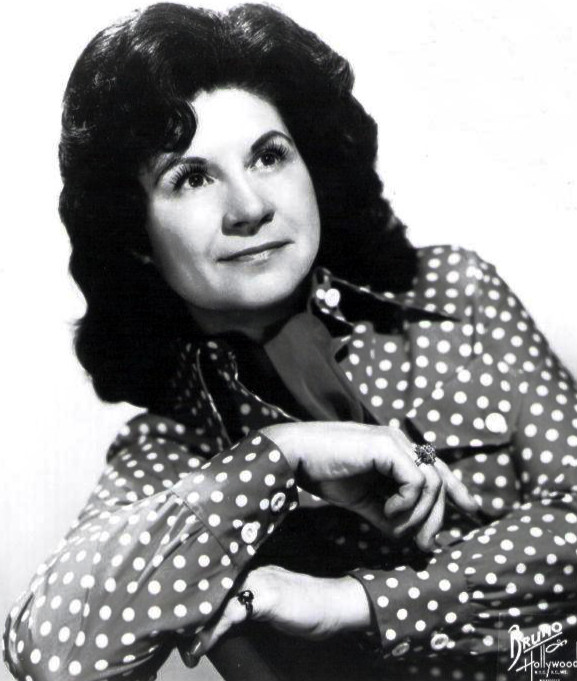
Western Swing
Film cowboys weren´t the only country musicians to swing with the new sounds of jazz. The honky-tonk bars in Texas that filled nightly with people interested in "celebration and sin" brought to their rural dance floors rhythms found in the urban swing music of Duke Ellington and Count Basie. Early country star Jimmie Rogers had recorded with the young Louis Armstrong and routinely used a swing style in his music. In the 1930s, The Light Crust Doughboys, with singer Milton Brown and fiddler Bob Wills, borrowed ideas from the urban performers and began a new kind of country music that included string bands, jazz rhythms, danceable blues styles, pop song crooners, and eventually horns and the twangy electronic steel guitar.
Composer:
-
"black and Tan Fantasy"
Both Wills and Rogers soon started their own bands and developed even larger audiences as they combined most of America´s popular musics into their performances. Wills developed the improvisational skills and abilities of his Texas Playboys, encouraging country musicians to be as virtuosic as musicians in any other popular music. Other great honky-tonk bands of the day included those of Ernest Tubb and Ted Daffan, who wrote the cry-in-your-beer classic "Born to Lose" in 1940. Honky-tonk and western swing musicians of the 40s and into today include such greats as Hank Williams, Kitty Wells, Lefty Frizzell, George Strait, Merle Haggard, Toby Keith, and Lyle Lovett, and bands like Asleep at the Wheel and The Dixie Chicks.
♫ ![]() New San Antonio Rose
New San Antonio Rose
Bob Wills
♫ ![]() Born to Lose
Born to Lose
Ted Daffan's Texans












